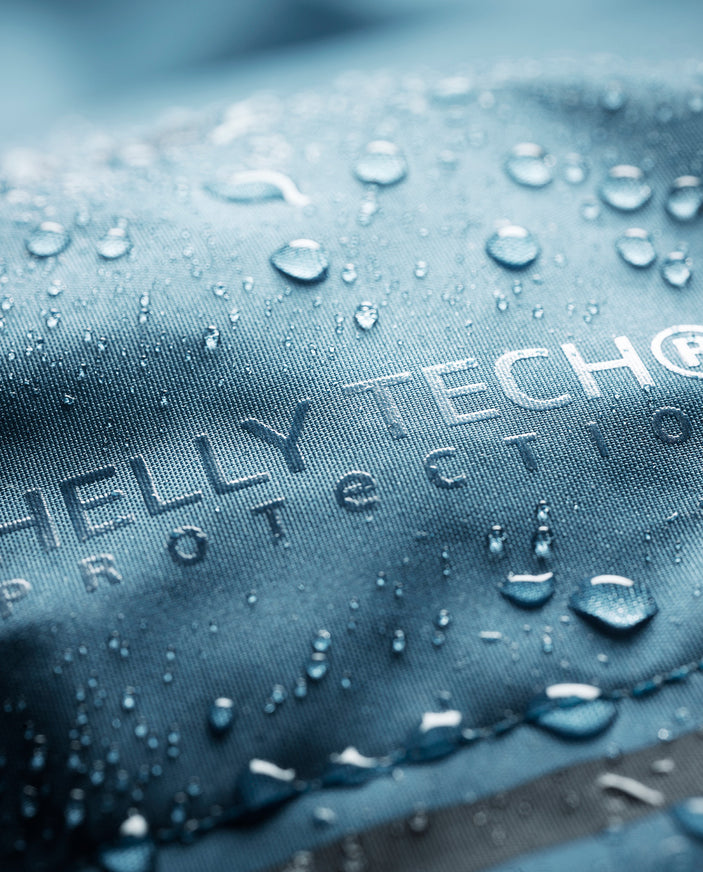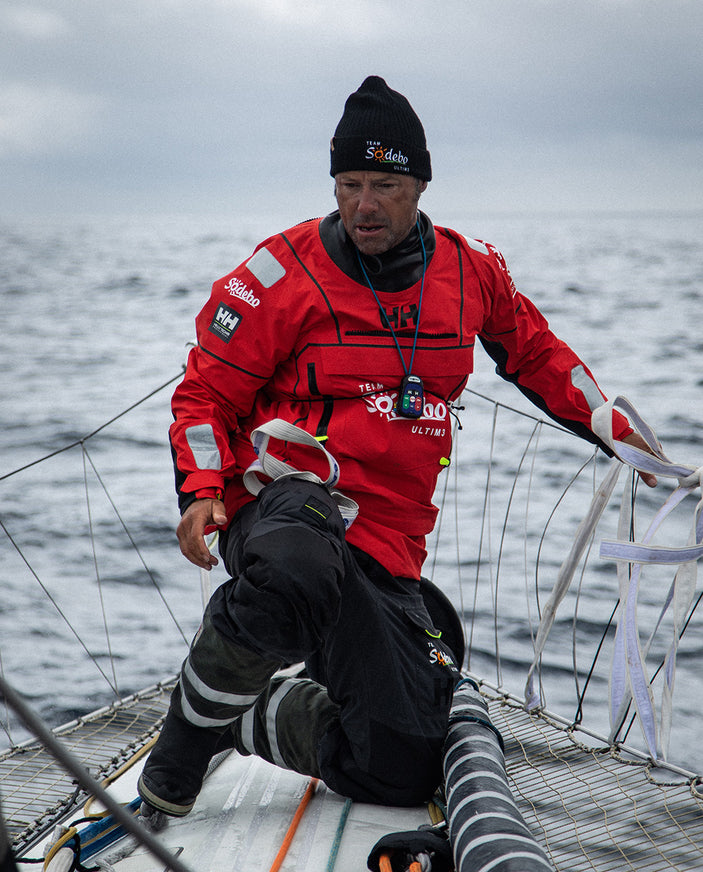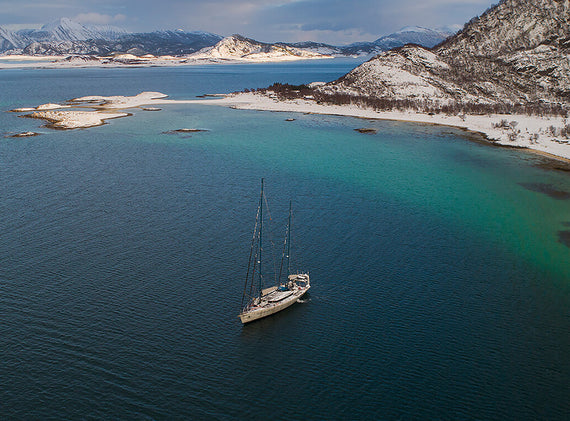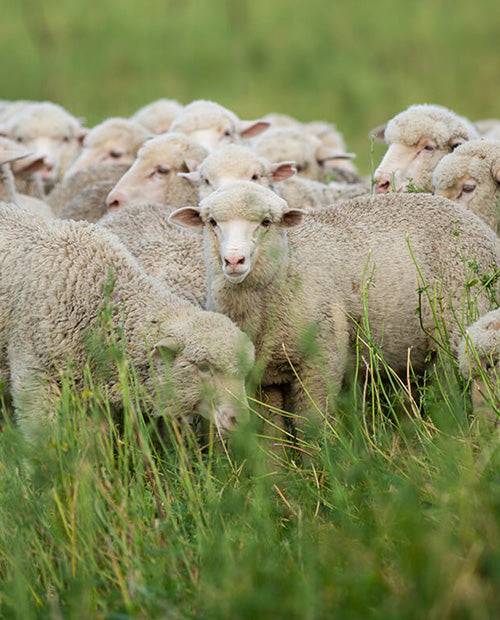Helly Hansen was born in the environment. It’s our duty to protect it.
We create professional grade gear to help people stay and feel alive in the harshest environments in the world. Ever since Helly Hansen was founded by sea captain Helly Juell Hansen in 1877, we have developed high-quality gear to protect people at sea and in the mountains, and we have an obligation to protect these environments.
After 140+ years in business, we know that long-term success can only be achieved by respecting, protecting and promoting ethical values, human rights and the environment. We are committed to continue advocating for the responsible use and enjoyment of the oceans, mountains and the greater outdoors. By applying a holistic and scientific approach to all our decisions, we strive to ensure our actions support the possibility for people and the planet to thrive.
CONSIDERING THE WHOLE LIFE CYCLE

Our aspiration is to make products that can live through generations.
FIND OUT MORE
The textile and garment industry is made up of a complex supply chain stretched all over the globe.
FIND OUT MORE
For the past 140 years, Helly Hansen has developed and tested its technologies together with professionals.
ExploreAREAS OF FOCUS AND KEY RESOURCES
Explore Helly Hansen practices towards sustainabilty.




